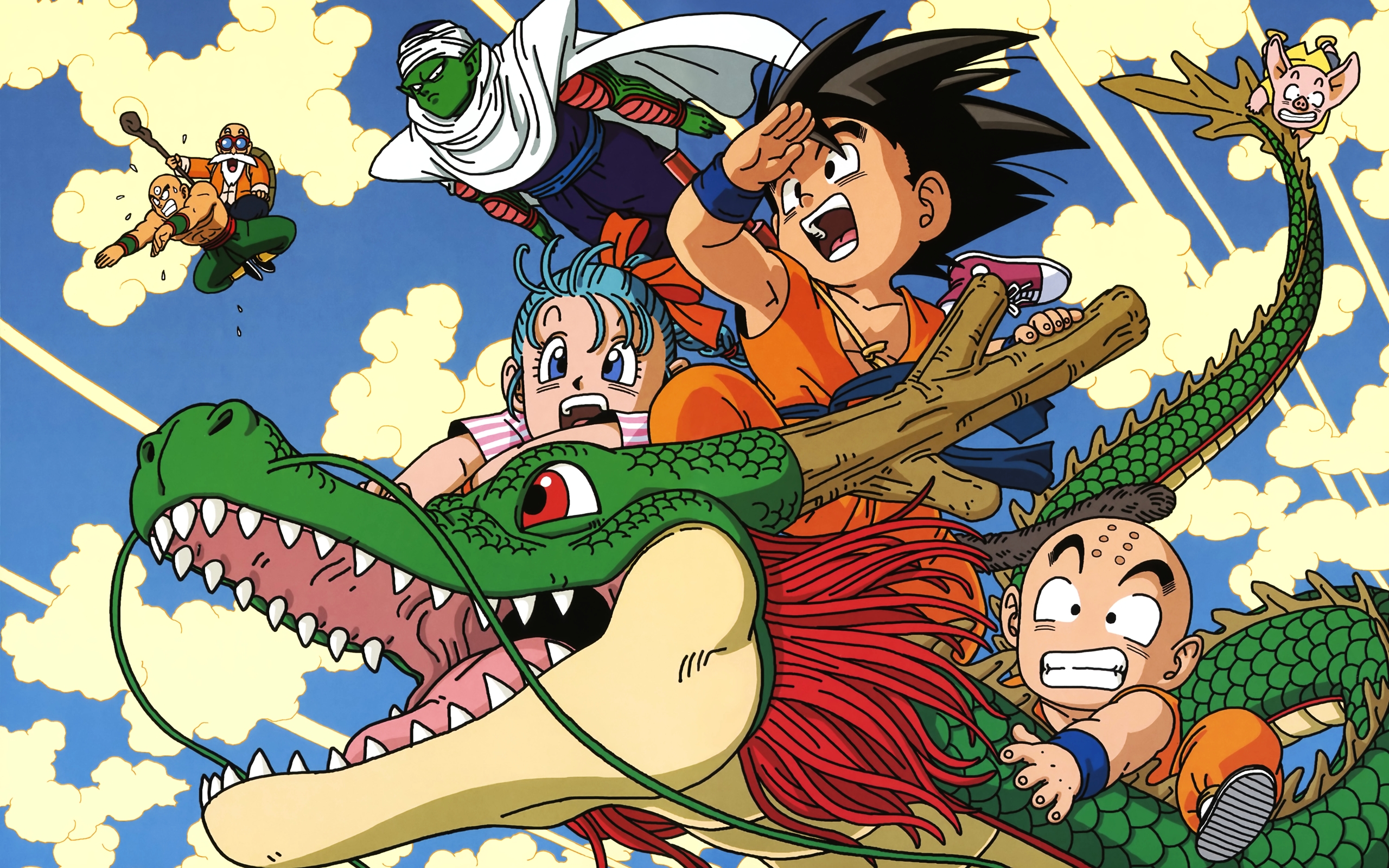Refining the Refined
This past week, I have mainly put off doing my research to re-write my literature review and methods. Although I improved on them a lot, I still have a few more things to do. The largest thing that I changed within my literature review was adding my sample size into the literature review. In the literature review I tried to link Cowboy Bebop, Dragon Ball Z, and Spirited Away to the rise of anime within American popular culture. All three of the shows were important in exposing different demographics of the American population to anime. I attempted to show how that there is no clear demographic that links anime because these three anime opened up the industry to different populations of the American audience.
The largest improvement that I need to do is in my methods. Although I made a few things, such as “internal homogeneity” and “external heterogeneity,” a little clearer in my revised methods, some things are still uncertain. Much of this stems back to the fact that my methods is entirely qualitative and my research question is exploratory. However, two large problems present themselves in my methods. First is how I will reclassify any disagreeing themes between my original coding and my re-coding. This will have to be solved when I actually see the disagreeing themes in front of me, only then can I go back to my methods and clearly list out my steps.
The second problem is whether I am finding the actual change between the Japanese and American anime, rather than just listing the two different versions side-by-side. I think that alleviating the problem lies in how I assign the codes. Once I finish collecting the data, I will be assigning each change a code. These are the codes that I will then categorize into themes. Rather than trying to use the code to show how the change happened, I can use each code to show the essence and significance of the change. I believe that by changing the way I code will also result in the change in the way I categorize each code and create themes based off of them. Hopefully, this will be able to solve the problem, if not, I can use my discussion to make the inference on what the change is and why it is significant.
 |
| An ocean of uncertainty awaits me. |
Overall, I am behind schedule, but that is not a big worry. I only did two more additional episodes of Dragon Ball Z, but right now my main concern is finishing my Lit. Review and Methods.
Word Count: 428








